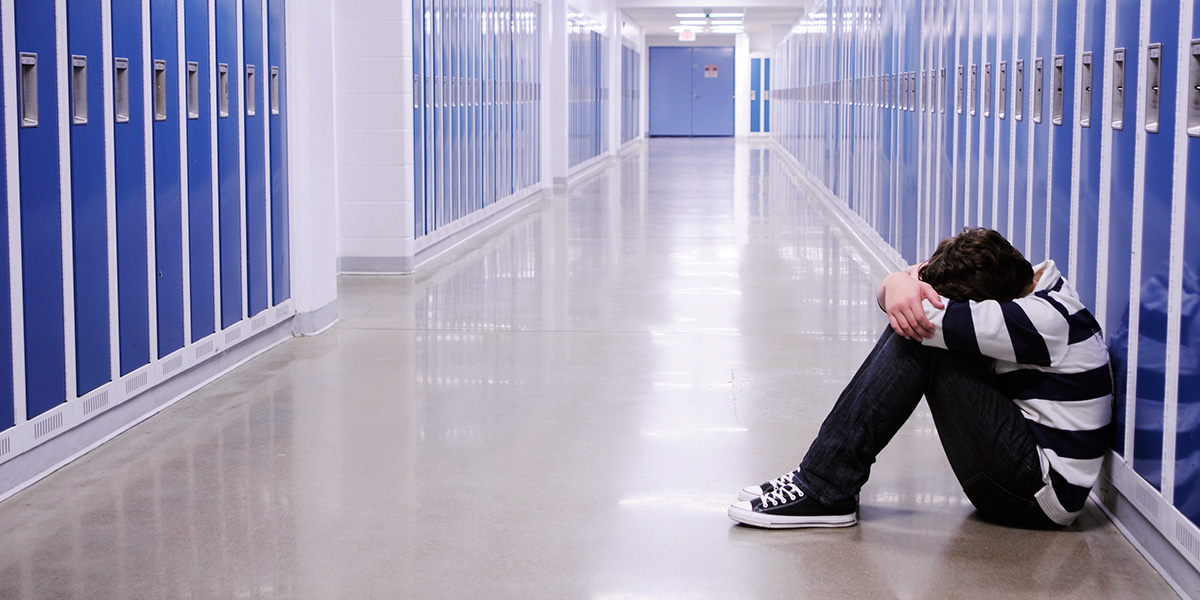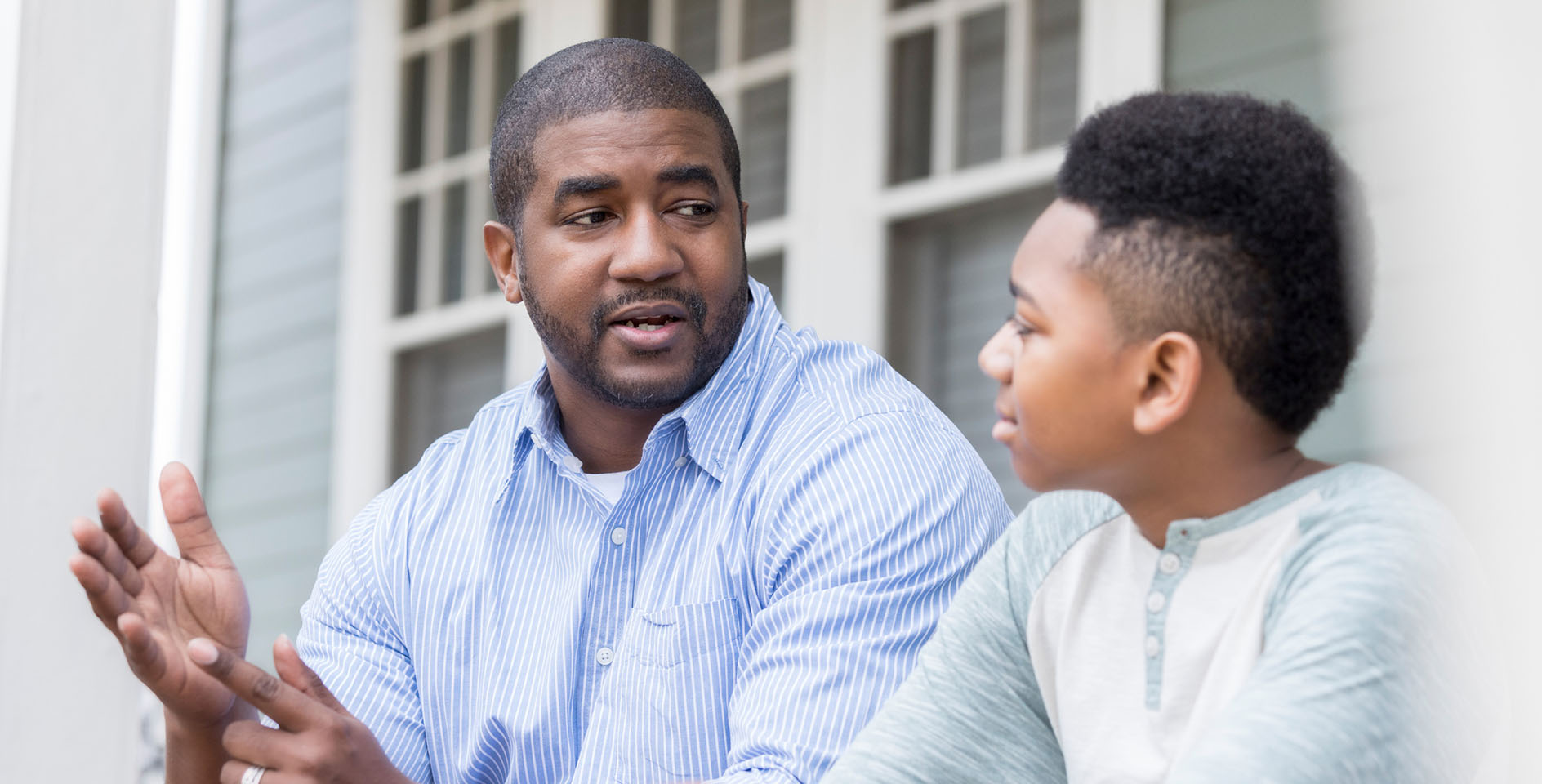Much needed attention has been drawn to the spike in mental health concerns experienced by children and teens in recent years, especially in the aftermath of COVID-19. A review of 29 studies conducted during the pandemic reported a doubling of rates of child and adolescent anxiety and depression. Extensive media coverage was devoted to a recommendation from an independent task force composed of experts in primary care and prevention that all children ages 8 and up should be screened for anxiety disorders, and several large medical organizations have joined forces in declaring a National State of Emergency in children’s mental health.
In light of these recent events, what should pastors, church staff, parents, and grandparents know about the effects of anxiety on our children and youth? Here are 10 important pieces of information.
1. Anxiety is a normal, and often healthy emotional state. It may even provide an impetus for us to draw closer to and become more grounded in our relationship with God. When we talk of kids with anxiety disorders, we’re describing situations when a child’s anxiety is so great that it begins to interfere with their attendance or performance in school, their ability to make or keep friends, their ability to engage in age-appropriate tasks of daily living, or their ability to take part in family activities and responsibilities in an age-appropriate way.
2. Anxiety disorders are the most common mental health conditions affecting youth ages 12–17 in the U.S. They impact nearly one in ten children at any point in time and occur more than twice as often as depression among children ages 3-17.
3. Rates of anxiety disorders in children and teens were increasing rapidly prior to COVID-19. According to data obtained from the National Survey of Children’s Health, rates of anxiety in children ages 3-17 increased by 29% between 2016 and 2020.
4. “Red flags” indicative of problematic anxiety are readily observable, even though children and teens are often good at hiding their anxiety from parents and other significant adults. Warning signs of significant anxiety may include:
- Excessive absences from school or school refusal
- Frequent physical complaints (headaches, stomach aches, muscle aches, diarrhea, dizziness, weakness, lightheadedness) not attributable to another medical condition
- Sleep disturbances
- Excessive need for reassurance
- Panic, tantrums when separation from parents is necessary
- Frequent questions beginning with “What if”
- Avoidance of social situations
- Excessive perfectionism
- Many worries about events before they happen
- Poor self-confidence
5. Kids may experience symptoms of one or more anxiety disorders, and the nature of their anxiety often changes over time.
- Generalized Anxiety Disorder is characterized by the presence of excessive worry on most days often accompanied by sleep problems, muscle aches, irritability, restlessness, fatigue, and poor concentration.
- Children and teens with Separation Anxiety Disorder typically experience excessive fear or distress when away from parents or loved ones. They may struggle to sleep in their own bed, leave for school, to be alone upstairs or in the basement, and harbor irrational fears about themselves or a loved one being kidnapped, getting into a serious accident, or developing a life-threatening illness.
- Kids with specific phobias experience fear of certain objects or situations, often resulting in elaborate avoidance strategies. Fear of germs has been a common concern since the beginning of COVID-19.
- Social Anxiety Disorder is associated with significant fear of acting in a manner that will result in embarrassment or humiliation. Affected children may struggle to ask questions in class, order food in a restaurant, or experience great distress at the prospect of meeting new people.
- Panic Disorder is associated with brief, recurrent, unanticipated episodes of intense fear, accompanied by a characteristic set of physical symptoms, a sense of impending doom, and the urge to flee or escape the place where they experience symptoms. Agoraphobia is a closely related condition in which intense symptoms of anxiety occur in situations experienced as unsafe with no easy way to escape without becoming the focus of undesired attention.
- Children and teens with obsessive-compulsive disorder (OCD) experience recurrent, intrusive thoughts or compulsive, recurrent, repetitive behaviors associated with significant mental distress. They may struggle with excessive perfectionism, making and sticking to decisions, or time-consuming rituals for counting, checking, arranging, or ordering items, grooming, or washing.
6. Effective treatments are available for children and teens with anxiety disorders. A large, well-designed, government-funded research study reported response rates of 55% to treatment with medication alone, 60% to a specific type of counseling (cognitive-behavioral therapy) alone, and 81% to a combination of the two.
7. Fewer than 60% of kids with anxiety disorders receive any form of effective treatment, despite the availability of therapy and medication.
8. The presence in a family of a child with an anxiety disorder significantly decreases the likelihood of the family attending church. A study examining data from over 250,000 parent interviews obtained as part of the National Children’s Health Survey noted that having a child with anxiety decreases by 45% the likelihood of the family having set foot in a church in the past year. Note: Church attendance decreases by 73% when a child has depression and 19% when a child has ADHD.
9. Common challenges kids with anxiety disorders experience at church include:
- Separating from parents before and during worship services.
- Taking part in church events and activities that depart from the weekly routine such as Vacation Bible School or take place in unfamiliar places, like retreats or mission trips.
- Expectations for self-disclosure in small groups.
- Group activities in which they’re at risk of becoming a center of attention by being called on to read or answer questions.
- Large group social situations, such as the informal times before youth group or worship services.
- Transitions between age-group ministries (elementary to middle school, middle school to high school ministry) when they encounter many unfamiliar kids who are older and have established friendships.
10. Kids with anxiety disorders from families who are regularly attending church may experience unique challenges as they grow in their faith. Kids with symptoms of OCD often wrestle with fears their salvation may not be genuine. Others suffer from the belief that the persistence of their anxiety symptoms is indicative of a lack of faith or question God’s presence when prayers for relief from their anxiety seemingly go unanswered. They very much need parents and other adults (children’s and youth ministry leaders, counselors, Sunday School teachers, or AWANA leaders) able to provide wisdom and comfort grounded in Scripture and personal experience.
Pastors, ministry leaders, and families can do much to help. Kids learn how to manage their own worries by observing the ways in which adults in their lives respond when dealing with their own anxieties. Adults who are struggling with anxiety will serve themselves and the children in their lives when they seek help by modeling healthy and appropriate responses to anxiety.
In addition, parents of kids with significant anxiety disorders should be encouraged to seek the assistance of qualified professionals, and pastors and other ministry leaders should be prepared to help families find the appropriate help. Pastors and church leaders can also seek out the necessary resources to develop a strategy for outreach and inclusion with families of children with anxiety disorders and other mental health disorders who have been unable to attend church because of their child’s condition.
God invites us to come to him with our anxieties, casting them on his able shoulders because he cares for us (1 Pet. 5:17). And as the Church, we must be a refuge for those weighed down with cares, leading adults and children alike to find peaceful pasture under the faithful watch of our Good Shepherd (Ps. 23). The circumstances in our our chaotic world will continually tempt Christians to be consumed with worry, but as we seek to help and equip those who are struggling the most among us, we can remind them of the true and active words that Jesus speaks to our souls: “I have said these things to you, that in me you may have peace. In the world you will have tribulation. But take heart; I have overcome the world” (John 16:33).










